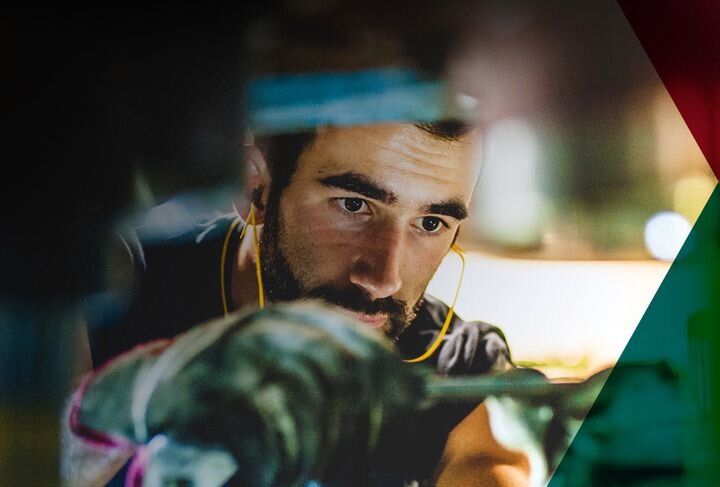![Consolidated Aerospace is acquired by Stanley Black & Decker [Source: Stanley Black & Decker]](https://fabbaloo.com/wp-content/uploads/2020/05/image-asset_img_5eb08b93bb718.jpg)
Charles Goulding and Preeti Sulibhavi examine the potential for increased use of additive manufacturing should Stanley Black & Decker acquire Consolidated Aerospace.
It has recently been reported that Stanley Black & Decker (Stanley), the large global tool manufacturer, might be purchasing Consolidated Aerospace (Consolidated). Stanley is a US$14B revenue-maker that has 61,000 employees in more than 60 countries. Consolidated is a large multi-fastener business owned by Kohlberg Kravis Roberts (KKR) & the Carlyle Group.
This potential acquisition, valued at more than $1 billion, could merge two very innovative companies into one leading supplier of aerospace components that can be additively manufactured and/or 3D printed. Consolidated’s product fittings range from axial swages, to ring locks that are available in beam seal, flared, and flare-less designs.
Although Wall Street has already been characterizing the transaction as if Stanley were diversifying more into aerospace, Stanley already has a fastener business segment. In addition to an impressive balance sheet, Stanley has been at the forefront of 3D printing innovation.
Whether it is benchmarking and expanding 3D printing material applications or working with leading startup accelerator Techstars, Stanley is notably one of the world’s leading innovators when it comes to 3D printing.
While it is not alone in its pursuit of 3D printing innovation, Stanley is a leading supporter of tech startups seeking a purchaser or investor with established procedures to take on innovative processes. When Techstars, a worldwide network that supports entrepreneurs’ projects, had the opportunity to collaborate with the world’s leading engineered fastening business, Stanley, it helped make the event an immense success.
The second-annual STANLEY + Techstars Accelerator competition took place in 2019 and included ten companies selected from around the globe. All of them focused on additive manufacturing and 3D printing innovation. The focus in 2019 was on developing sustainable packaging solutions in order to “help build a more sustainable world.”
The Research & Development Tax Credit
Enacted in 1981, the now permanent Federal Research and Development (R&D) Tax Credit allows a credit that typically ranges from 4%-7% of eligible spending for new and improved products and processes. Qualified research must meet the following four criteria:
-
Must be technological in nature
-
Must be a component of the taxpayer’s business
-
Must represent R&D in the experimental sense and generally includes all such costs related to the development or improvement of a product or process
-
Must eliminate uncertainty through a process of experimentation that considers one or more alternatives
-
Eligible costs include US employee wages, cost of supplies consumed in the R&D process, cost of pre-production testing, US contract research expenses, and certain costs associated with developing a patent.
On December 18, 2015, President Obama signed the PATH Act, making the R&D Tax Credit permanent. Since 2016, the R&D credit can be used to offset Alternative Minimum Tax (AMT) or companies with revenue below $50MM and, startup businesses can obtain up to $250,000 per year in cash rebates that can be applied directly to payroll taxes.
The Sky is the Limit
In view of the challenging aerospace environment, with the protracted Boeing production delays, Consolidated may have attracted an ideal purchaser. It is always beneficial to have an acquirer that brings operating advantages to an acquisition. And Stanley’s 3D printing expertise certainly demonstrates that.
[UPDATE] As of this morning, it turns out this deal has in fact closed, with both parties agreeing to proceed with a US$1.5B deal with Stanley Black & Decker Inc. to acquire Consolidated Aerospace Manufacturing LLC.

